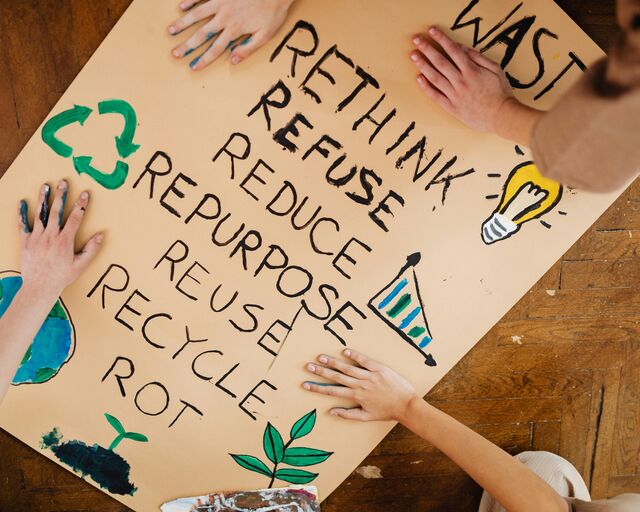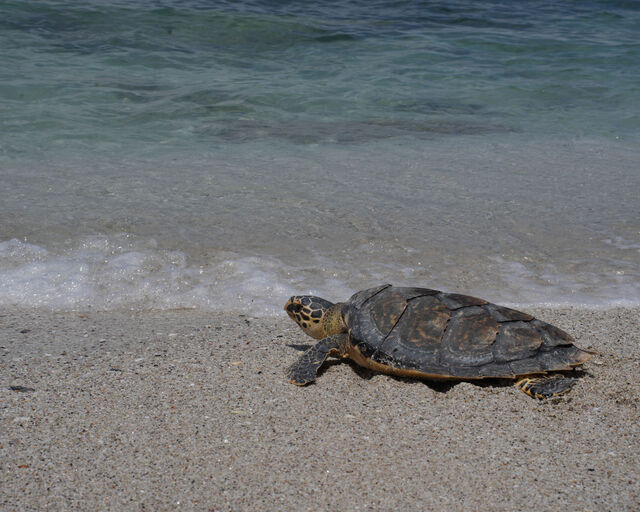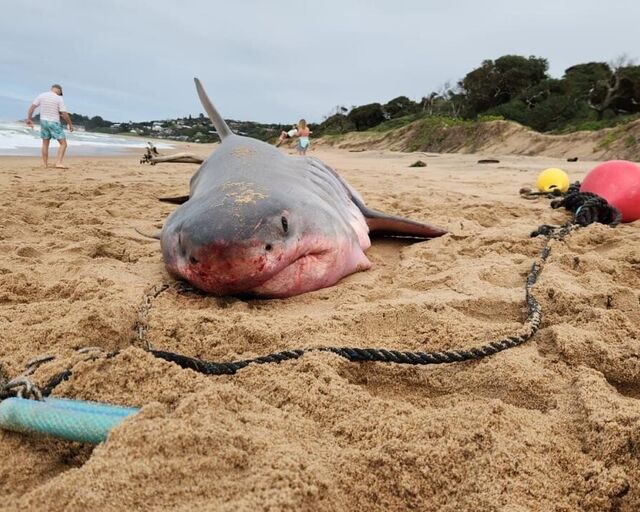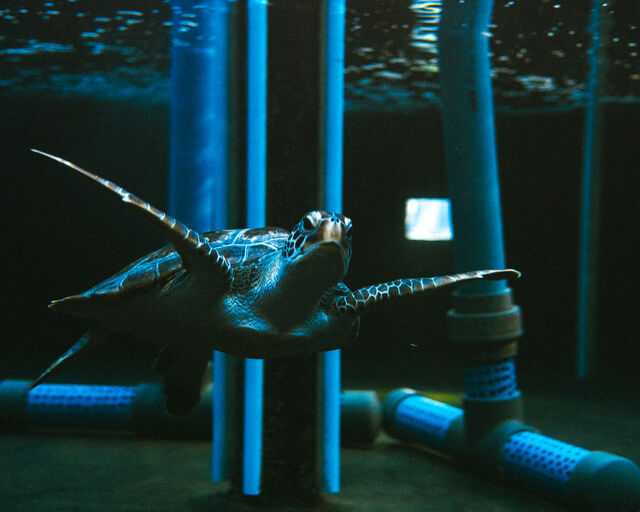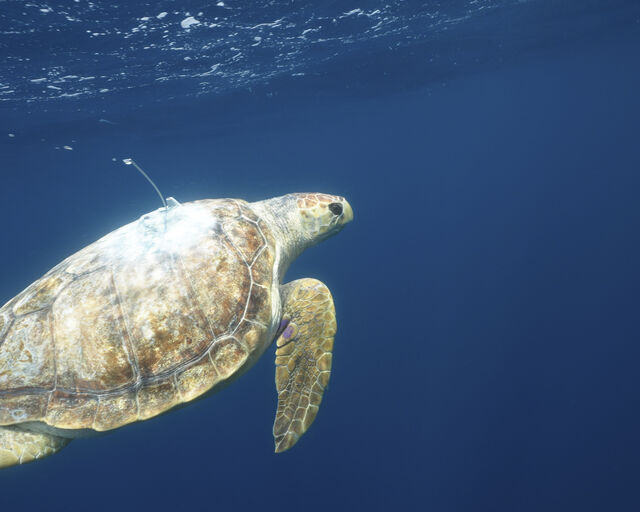Teamwork in action: Our Marine Wildlife team looks back on seal tagging fieldwork in Kleinzee
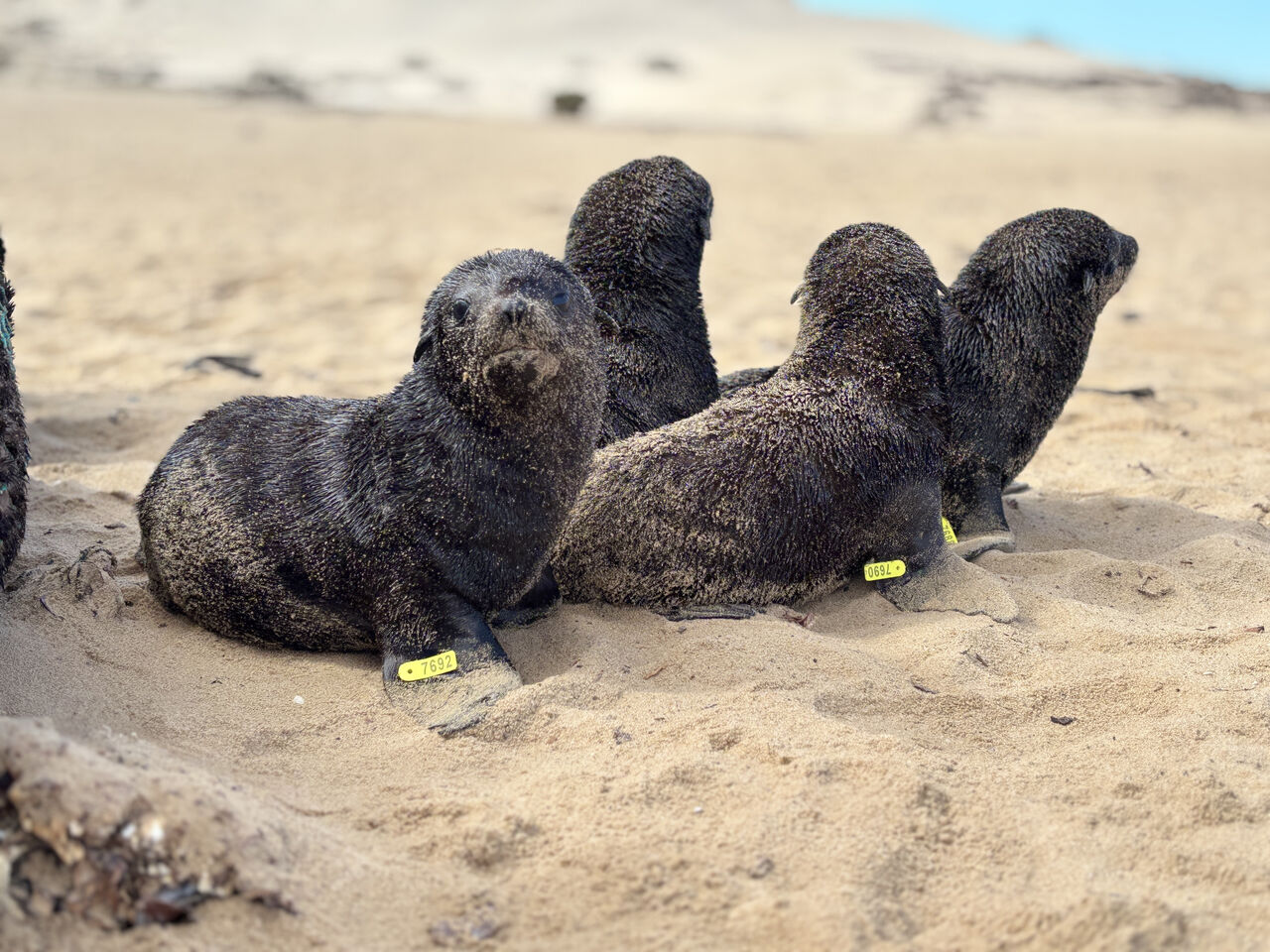
In February 2025, our Marine Wildlife Management Programme (MWMP) team had the incredible opportunity to join the Department of Forestry, Fisheries and the Environment (DFFE)’s Marine Mammal team for fieldwork in Kleinzee – home to one of South Africa’s largest Cape fur seal colonies. This work focused on the pups of the year, born between October 2024 and January 2025. February is a perfect time to mark the pups as they have gained enough strength to be handled for research.
For two weeks in February 2025, our MWMP team members, Ayanda Cimani, Martine Viljoen, and Claire Taylor, worked alongside DFFE staff and interns, helping gather important data about our iconic Cape fur seals. They are the only pinniped species breeding in the Southern African region.
What was the fieldwork all about?
The DFFE Marine Mammal team's work in Kleinzee is part of various long-term efforts to understand the population dynamics of Cape fur seals, since their numbers recovered and stabilised after having been hunted for decades.
Interestingly, several aspects of seal biology are dependent on population size – the more seals there are, the more competition for resources and the higher likelihood of disease spread. This would affect seal pups' condition, their sex ratios, and survival rates. This ongoing fieldwork complements the DFFE’s long-term aerial photographic surveys aimed at monitoring pup birth rates at all colonies. Pup production trends are used in place of population performance, but do not provide information on the reasons why the trends are declining or increasing.
One of the primary ways this research is conducted (and how our MWMP team got involved) is through a mark-recapture programme. This means that researchers deploy uniquely numbered, coloured flipper tags to each pup of the year. This is the “mark” part. The teams will return to the colony every month to catch and weigh each pup until September. This is the “recapture” part.
By September, the teams would have an idea of the early survival of the tagged cohort. Around this time, the pups are being weaned by their mothers and learning to fend for themselves. Many will leave the colony to establish elsewhere in what is called dispersal. It is during this stage that the public is crucial in observing and reporting each tagged seal they encounter – this will give the marine mammal team valuable insight into their dispersal and movements thereafter. This information can be used to model how any disease affecting this species can spread.
The pups are flipper tagged according to the year they were born – in 2024, pups got red tags, and in 2025, they are getting yellow tags. With its enormous seal colony and a high number of pups being born each year, Kleinzee is an ideal location for research of this nature.

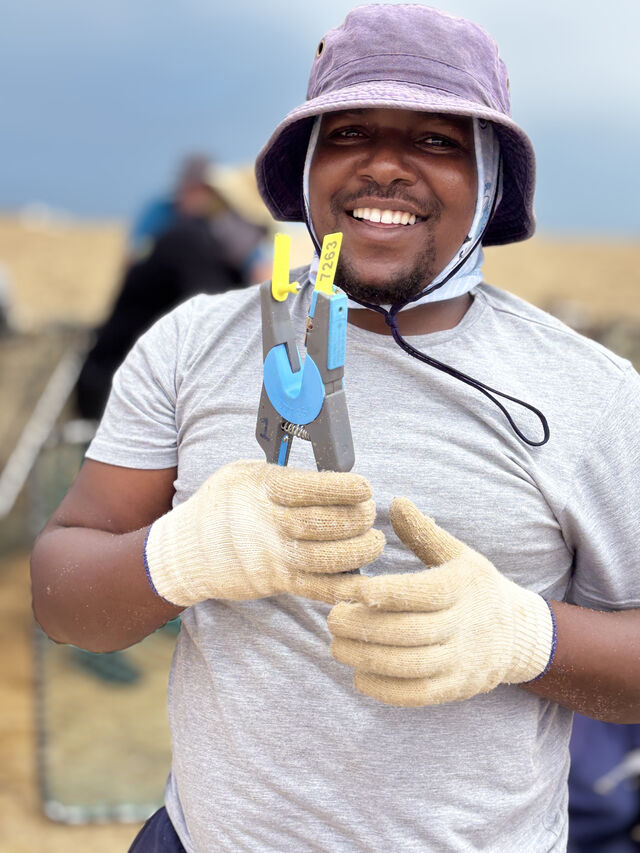
What can the public do to help?
You can be part of this important work too!
If you spot a small seal with yellow or red tags on their front flippers, please note the tag colour, whether the seal is alive or deceased, and the GPS location of the sighting. You can then report this sighting to the DFFE (072 477 7170) or directly to us at the MWMP Wildlife Sightings WhatsApp line (076 092 8573).
Every report matters! In May 2025, a yearling seal with red tags was spotted in good condition resting on the seal platform outside the Two Oceans Aquarium. Around the same time, a deceased tagged seal was reported in the De Hoop area. Both sightings provide significant insights into seal survival and movement patterns.
Please remember: Always view seals from a safe distance (use binoculars or a zoom lens) for their safety and yours. Every tag spotted and report shared assists towards research efforts!
What did our team learn?
This hands-on fieldwork was a fantastic skill-building opportunity for our MWMP team, as they spend most of their time working with older seals.
They were trained in safely tagging seal pups, weighing, measuring, and determining their sex – all essential skills for working with marine wildlife. Tagging and handling young pups is very different from working with adult seals, so this was a chance for our team to grow their knowledge and refine their techniques.
Working closely with the DFFE also allowed us to strengthen a relationship that plays a key role in our work with seals in the V&A Waterfront space. There have been multiple occasions when our teams worked together in seal welfare work in the area. Examples include when a seal needs to be darted for our veterinary team to remove a particularly severe entanglement.
Why does this fieldwork matter?
With the recent rabies outbreak among Cape fur seals, collaboration between organisations like our MWMP and the DFFE has become even more important.
“In the backdrop of the current rabies outbreak within the Cape fur seal population, collaborations amongst different organisations on seal research should be further strengthened. While the Marine Mammal team’s project in Kleinzee does not directly address rabies, the outputs will contribute to the general understanding of population dynamics, which have a bearing on how the virus spreads in the population,” says Mduduzi Seakamela, DFFE.
The Kleinzee research project contributes to the bigger picture – helping scientists to understand how seal populations grow and move – which plays a role in understanding the potential for disease spread.
The fieldwork in Kleinzee allowed our Marine Wildlife team to gain invaluable experience and hone their skillsets while solidifying our relationship with the DFFE team. We’re incredibly proud of our team and grateful for the opportunity to assist in this important work.
Related News
Sign up to our Newsletter
Receive monthly news, online courses and conservation programmes.
